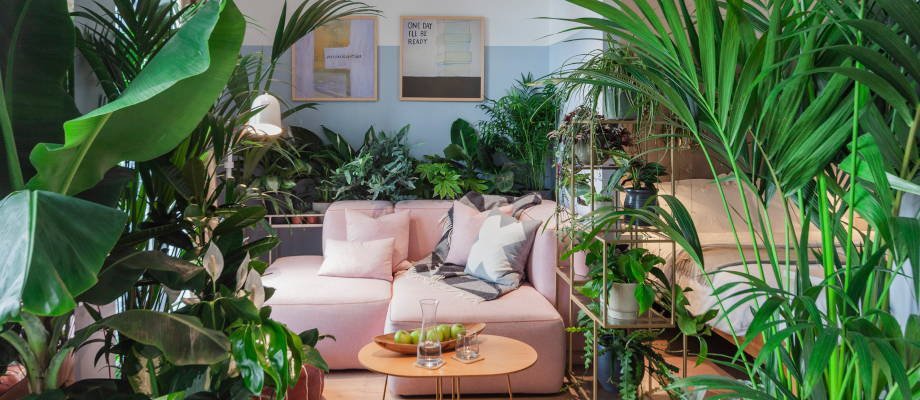How to Create an Urban Jungle with Plants
Creating an urban jungle with plants is a popular trend that brings nature into urban living spaces, promoting well-being and aesthetics. Here’s how you can transform your space into a lush green oasis with indoor and outdoor plants.
Selecting Plants for Your Urban Jungle
Choosing the right plants is essential for creating an urban jungle that thrives in your specific environment. Opt for a variety of plants with different shapes, sizes, textures, and colors to add visual interest and depth to your space. Consider factors like light conditions, humidity levels, and space availability when selecting plants that will flourish indoors or on balconies, rooftops, or patios in urban settings.

Indoor Plants: Greenery for Every Room
Incorporating indoor plants is key to creating an urban jungle within your home or apartment. Choose low-maintenance plants like pothos, snake plants, and peace lilies for areas with low light, or opt for fiddle leaf figs, monsteras, and bird of paradise plants in spaces with bright, indirect light. Hanging plants like spider plants or cascading ivy add dimension and vertical interest, while succulents and cacti thrive in sunny windowsills.
Vertical Gardens: Maximizing Space in Urban Settings
Vertical gardens are ideal for maximizing greenery in limited urban spaces. Install vertical planters, trellises, or living walls on balconies, fences, or interior walls to grow a variety of plants vertically. Incorporate trailing vines, ferns, and compact herbs to create a lush backdrop while saving valuable floor space. Vertical gardens not only enhance aesthetics but also improve air quality and reduce urban heat island effects.
Outdoor Containers: Greening Urban Outdoor Spaces
Utilize containers and pots to green outdoor urban spaces like balconies, patios, or rooftops. Select large containers for trees, shrubs, or tall grasses, and mix in smaller pots with flowering plants, herbs, or succulents to create layers of greenery. Consider the microclimate of your outdoor area and choose plants that can withstand urban conditions such as pollution, wind, and varying temperatures.
Creating Microclimates: Catering to Plant Needs
Urban environments often have microclimates with varying light exposure, humidity levels, and temperature fluctuations. Place plants strategically to optimize their growing conditions, such as grouping moisture-loving plants in bathrooms or kitchens and placing sun-loving plants near windows or under grow lights. Monitor and adjust watering schedules based on plant needs and environmental factors to ensure optimal growth and health.
Maintenance and Care: Nurturing Your Urban Jungle
Regular maintenance is crucial for the health and longevity of your urban jungle plants. Develop a watering schedule based on plant requirements, check for pests or diseases regularly, and prune plants to maintain shape and promote growth. Provide occasional fertilization and repot plants as they outgrow their containers. Engage in mindful gardening practices to cultivate a thriving urban jungle that enhances your living environment.
Conclusion
Creating an urban jungle with plants enriches urban living spaces by bringing nature indoors and greening outdoor areas. By carefully selecting plants suited to indoor and outdoor environments, utilizing vertical gardening techniques, maximizing outdoor containers, creating microclimates, and practicing regular maintenance, you can cultivate a vibrant green oasis in the heart of the city. Embrace the urban jungle trend to promote well-being, improve air quality, and enhance the aesthetic appeal of your urban dwelling.



